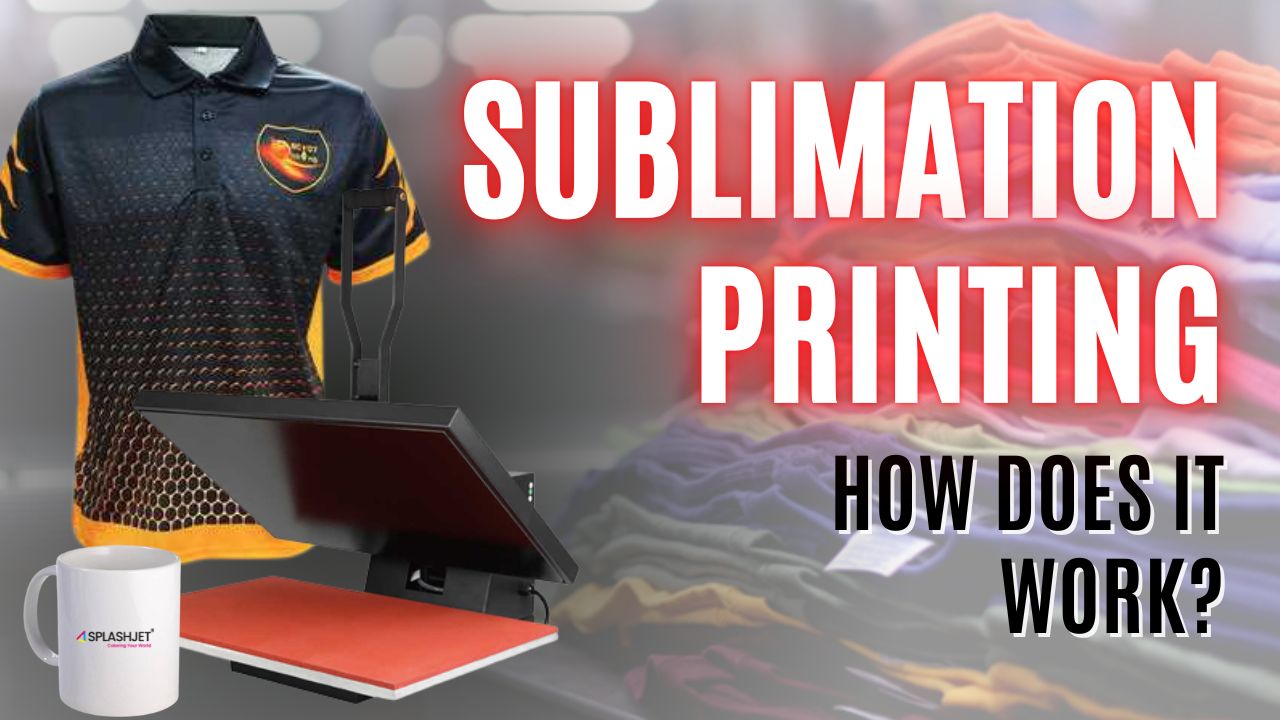
The Sublime Art of Printing: A Dive into the World of Printmaking
Introduction
Printing is an age-old art form that has evolved over centuries, transforming from manual processes to the digital marvels we have today. Among the various printing techniques, one stands out as a true art form: Sublime Printing. In this blog post, we'll explore what Sublime Printing is, its history, techniques, and its enduring relevance in the modern world.
What is Sublime Printing?
Sublime Printing, often referred to as Sublimation Printing, is a unique and creative printing technique that has gained popularity in various artistic fields. It involves transferring images or designs onto various substrates, such as fabric, ceramics, metals, and more, using heat and pressure. The result is a vibrant, long-lasting, and full-color print that seamlessly integrates with the chosen material, creating a stunning visual effect.
History of Sublime Printing
Sublime Printing has its roots in the dye-sublimation process, which was originally developed in the mid-20th century for textile printing. It gained prominence in the 1980s with the advent of digital technology, allowing for more precise and versatile printing on a wider range of materials. This innovation marked the beginning of a new era in printing, where Sublime Printing emerged as a prominent player.
Sublime Printing Techniques
Applications of Sublime Printing
Conclusion
Sublime Printing is a versatile and artistic form of printing that has found its place in various industries. Its ability to produce vibrant and long-lasting images on a wide range of materials makes it a valuable tool for businesses and artists alike. As technology continues to advance, we can expect Sublime Printing to evolve and expand its reach even further, making it an enduring art form in the world of printing.